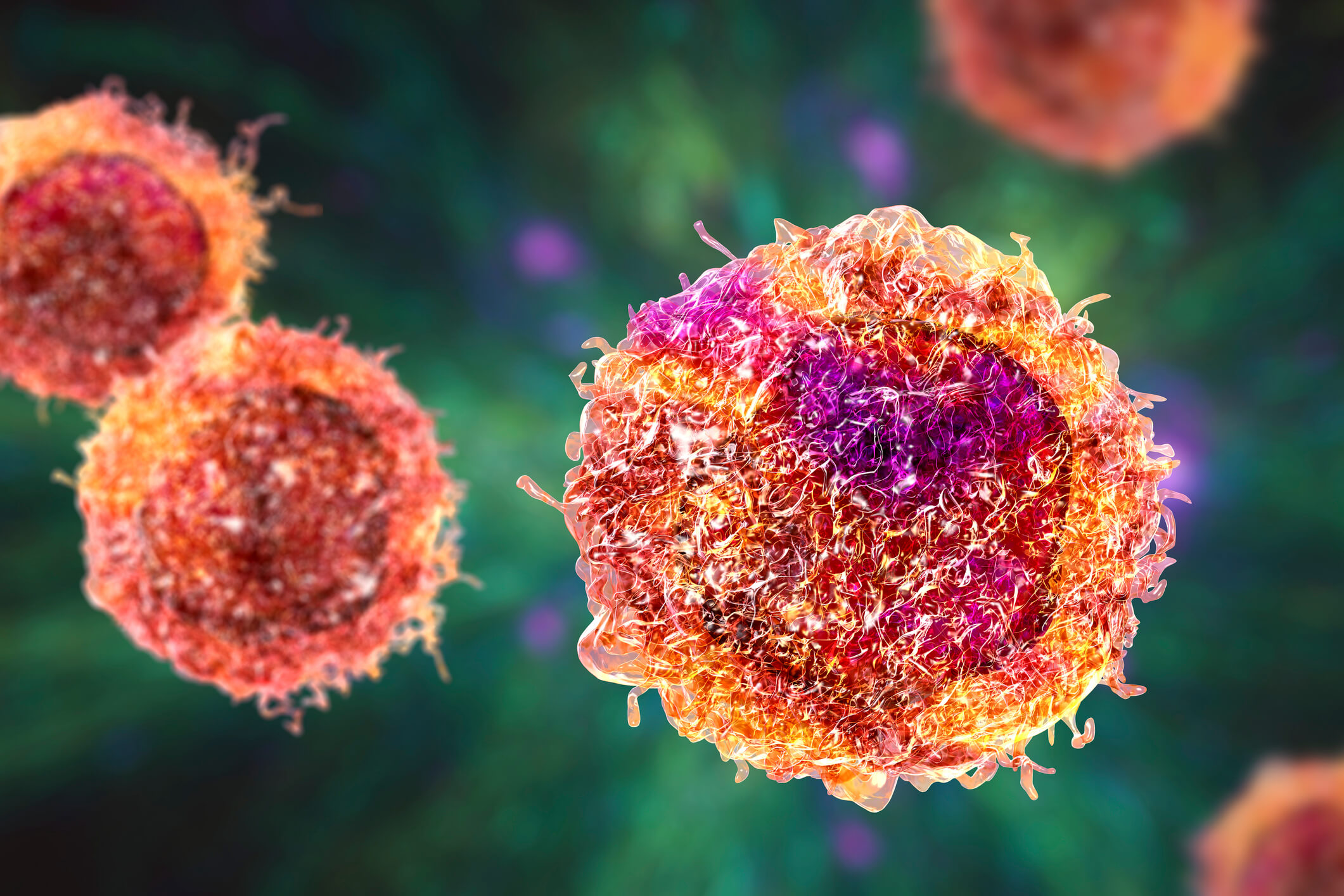The concept of ADCs is seemingly quite straightforward: by combining the specificity of a monoclonal antibody with the cytotoxicity of a potent small molecule drug/payload, ADCs can precisely deliver cytotoxic, anticancer drug to tumors while sparing normal tissues, increasing the therapeutic window of a drug. Of course, it is important to underscore that this simplicity or even elegance of concept has taken decades to truly come into its own. Furthermore, it is worthwhile noting, for students of the history of science, that before antibodies were discovered and developed that attacked cancer as “naked” biologics, it was believed that the antibody would be such a passive carrier for an active payload.
Since 1997, more than fifty antibody-based therapeutics for oncology applications have received approval by the FDA and EMA—12 of these are ADCs (excluding radiolabeled antibodies). And as is likely apparent to all, the enthusiasm, some might say frenzy, over investing and dealmaking in ADCs has been quite impressive over the past few years. The hotness of the space is in contrast to the current relative disfavor with which Immuno-Oncology approaches are currently viewed after their decades-plus ride as the darlings of the Oncology space.
And yet, despite this latest focus on ADCs, and despite whatever tweaks the latest agents have deployed, besides pursuing novel targets, there is room for improvement of the mechanics of ADCs: from the type of payload or even dual payloads, to the nature of the linker to the DAR (drug-to-antibody ratio), to multivalent specificity of the antibody which can include both targeting to the tumor and immunomodulatory activity of the other arm, and identification of specific tumors that will have enhanced activity based on target, payload (including resistance to prior usage of ADCs) and TME considerations.
ADCs are a complex biologic system, and the individual components (as well as target density) are more than their individual contributions to the ultimate therapeutic window, MTD and efficacy across tumor types. Thus, ample opportunity exists to investigate ways to provide further improvements in efficacy and tolerability.
With this panel we will look to dialogue around the complexities of current generation of ADCs and some of the myths, and explore the potential of next gen approaches, including such aspects as novel payloads, linkers and biologic binders.






